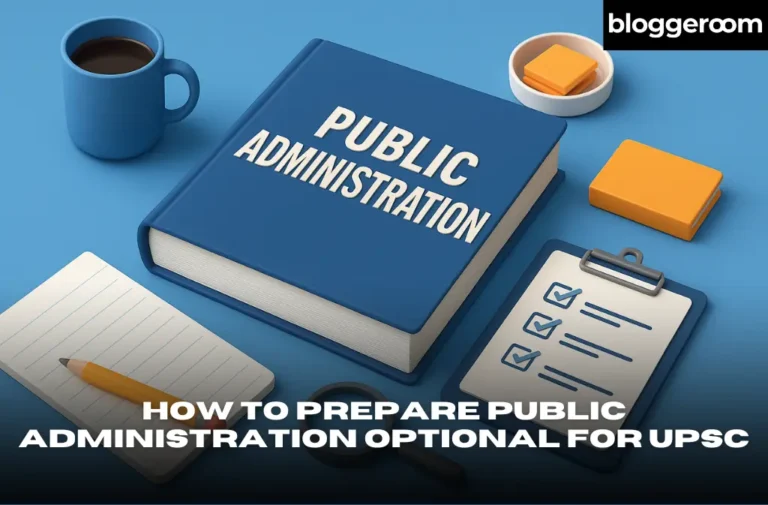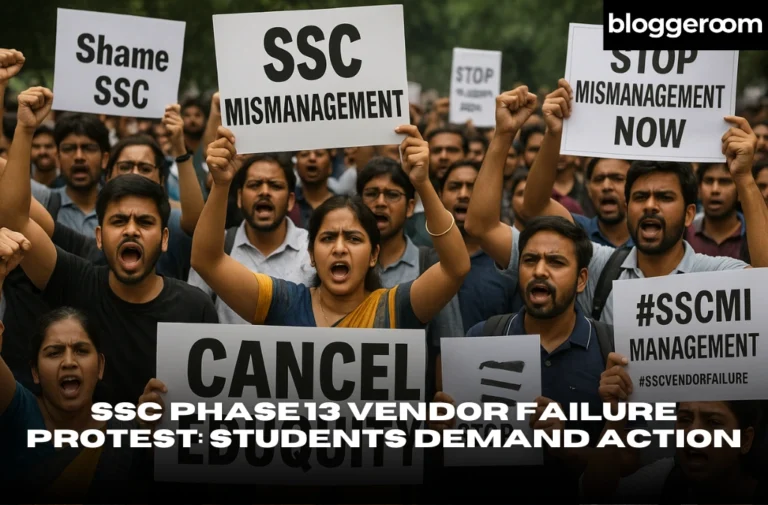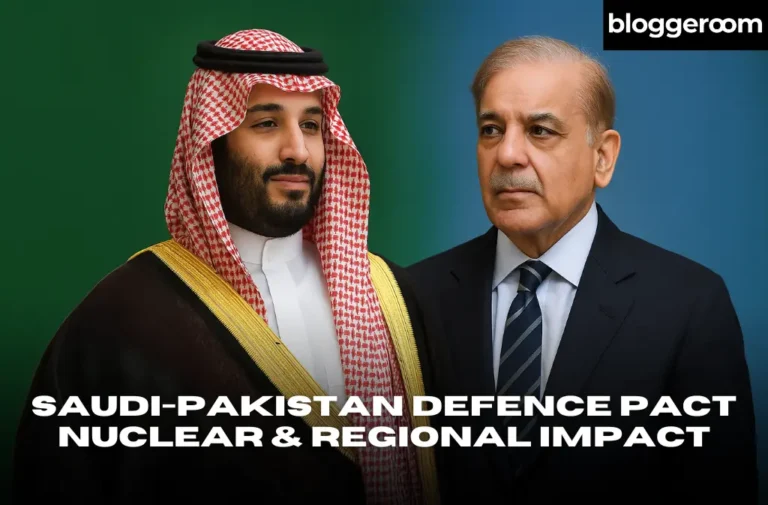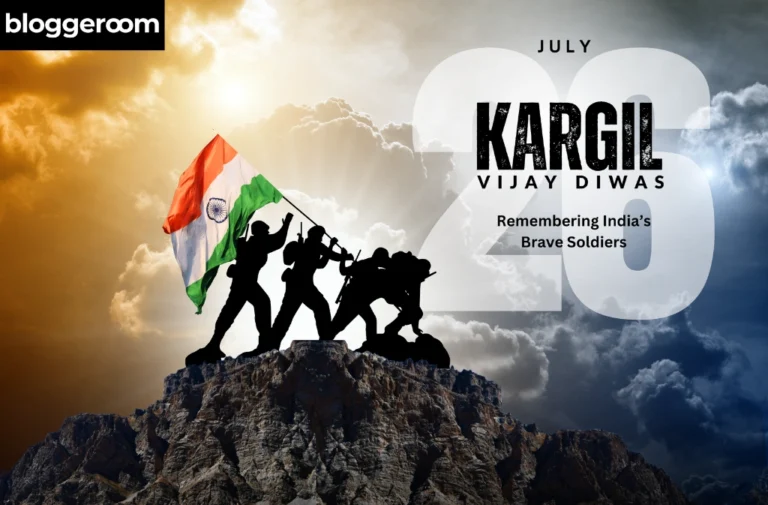Russia-Ukraine War: The Real Story Explained
At first glance, the war between Russia and Ukraine may seem like a fight over territory. But when you look closer, the story is much more complex. Behind the headlines lie enormous natural resources, NATO’s strategic reach, and the rivalry of global powers competing for influence.
Why Crimea and Donbas Are So Valuable
The roots of the current conflict stretch back to 2014, when Russia annexed Crimea. After that, attention turned to the Donbas region, which includes Donetsk and Luhansk. These areas are far more than empty stretches of land. Together, they contain natural resources valued at 12 to 15 trillion dollars. Coal, natural gas, and industrial minerals make Donbas a potential economic powerhouse.
Beyond resources, Donbas also functions as a protective shield for Russia. By controlling this region, Moscow ensures that NATO forces do not set up directly along its borders. For Russian leaders, that buffer zone is as important as the resources themselves.
The Role of the United States
After Crimea was taken, the United States began playing a bigger role in Ukraine’s future. Billions of dollars were poured in, along with weapons and training for Ukrainian forces. Officially, the explanation was to stop Russian aggression. Yet many analysts argue there was another purpose: to pull Russia into a long, exhausting war that would weaken its economy and military, while also forcing Europe to rely more on American energy supplies.
From Invasion to Stalemate
In February 2022, Russia launched a full-scale invasion. The world watched as cities were bombed, millions of people were displaced, and resources on both sides were drained. What some thought would be a quick war became a prolonged struggle. Three years later, Russia holds a strong grip over both Crimea and Donbas, with little sign of retreat.
The New Peace Talk
In recent months, the conversation has taken an unexpected turn. Some U.S. officials have suggested that peace may only be possible if Ukraine agrees to give up parts of its territory. While framed as a path to stability, this idea quietly acknowledges Russian control over those regions. To many observers, it reflects how powerful nations often shape outcomes to fit their own strategic goals, even if it means sacrificing the interests of smaller countries.
A Repeated Pattern in History
What is happening in Ukraine is not unique. Throughout history, countries have been destabilized politically, then drawn into wars, and eventually reshaped to serve the interests of larger powers. At present, Ukraine is experiencing the same pattern that history has shown many times before. The conflict is not only about maps and borders but also about multi-trillion-dollar resources, military positioning, and influence over the future of Europe.
Conclusion
To view this war as only a border dispute is to miss the larger truth. Ukraine has become the battleground for wealth, power, and security interests that stretch far beyond its own borders. Until these deeper issues are confronted, a lasting peace will remain difficult to achieve.







